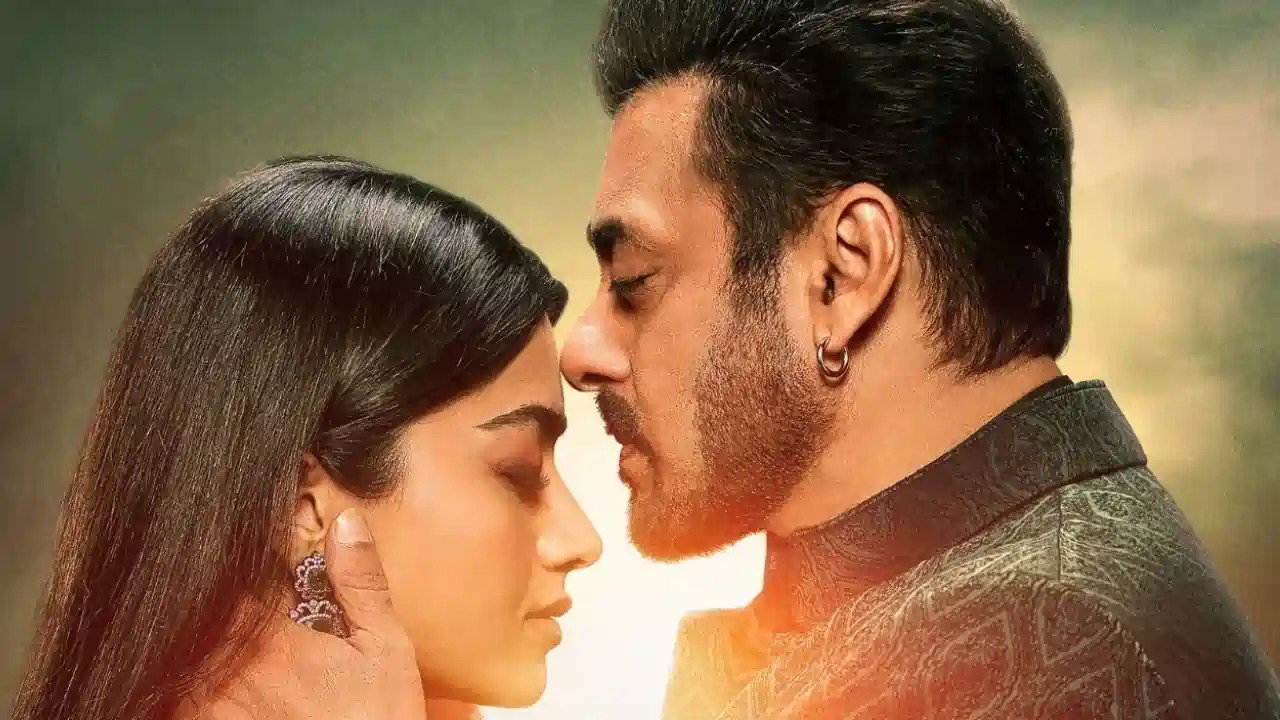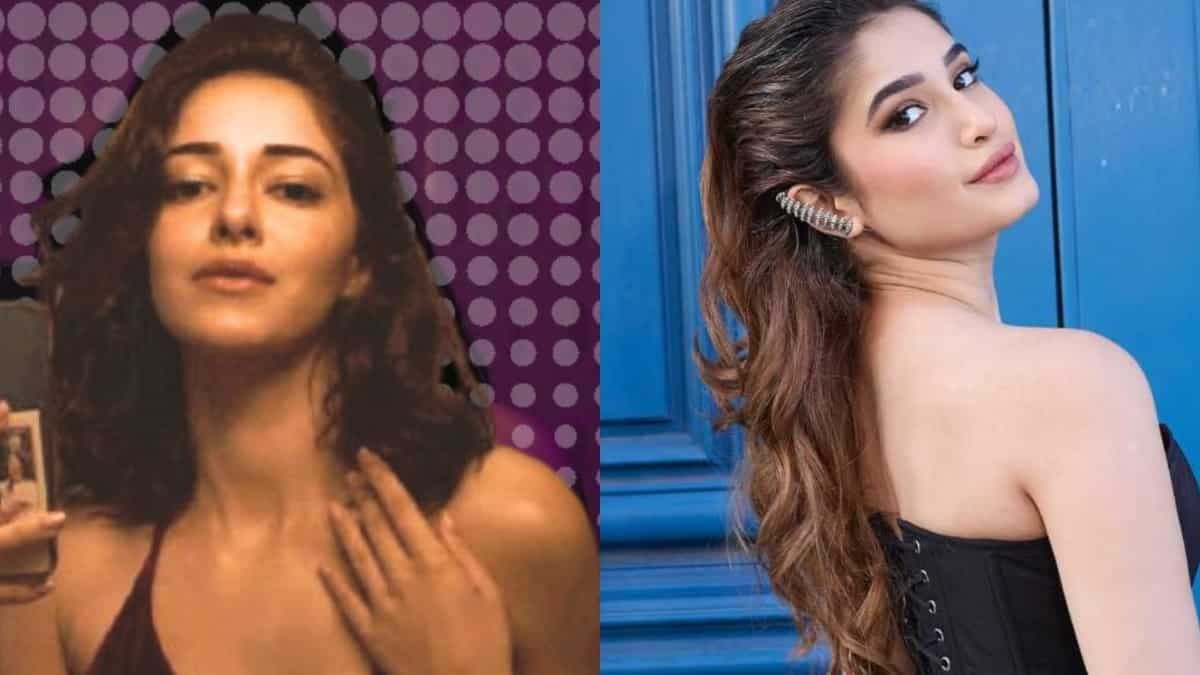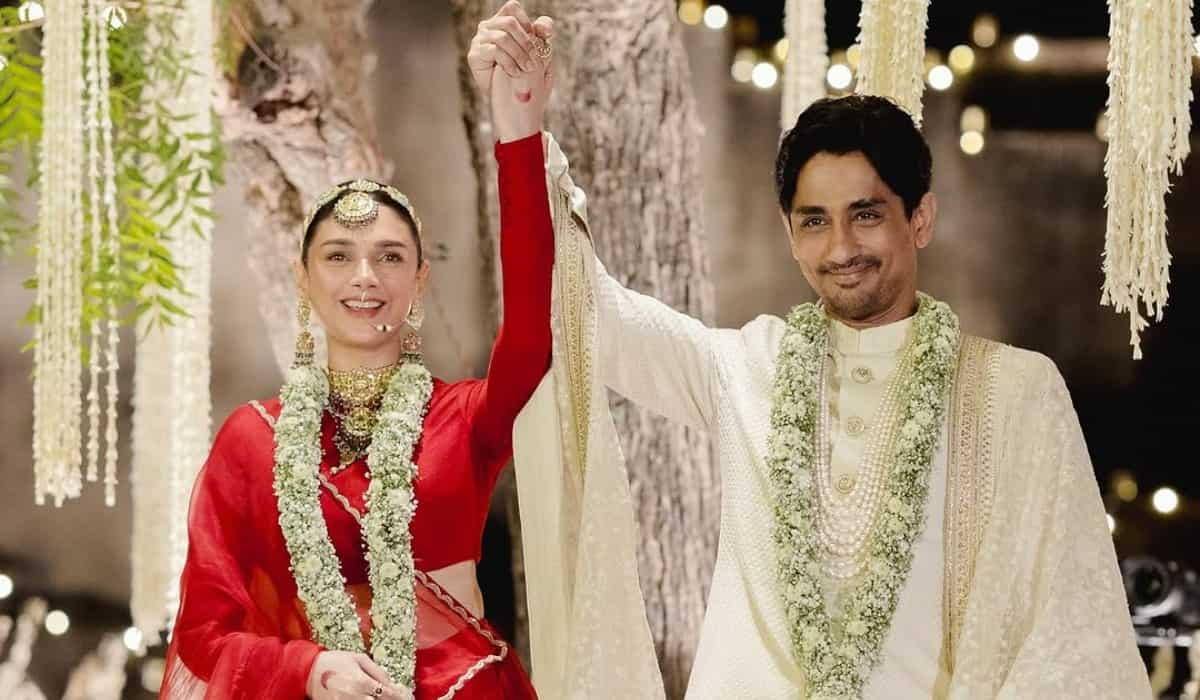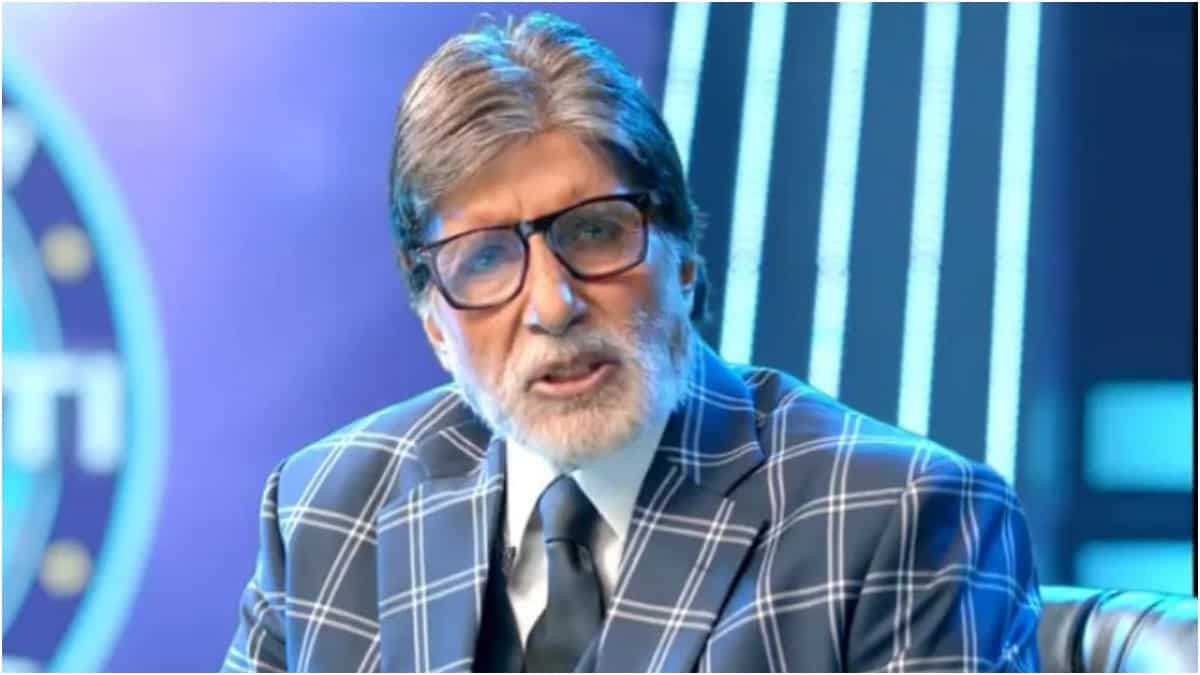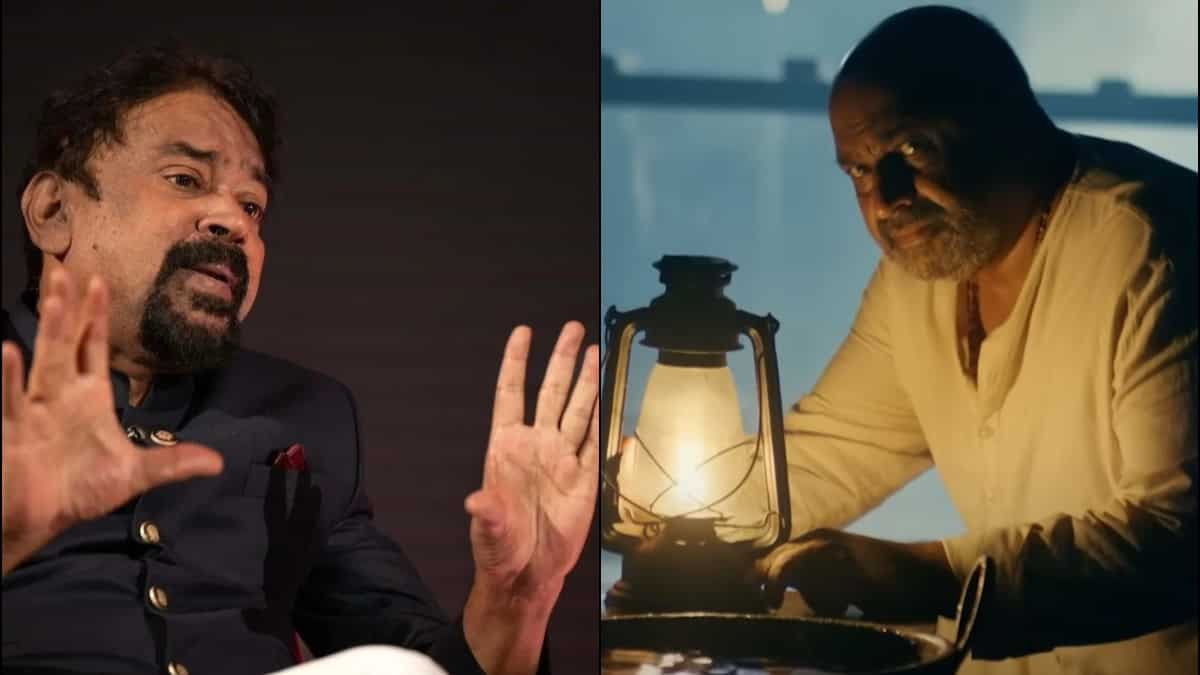
Santosh Sivan on Manorathangal: Picked Abhayam Thedi as it didn’t have the usual MT Vasudevan Nair elements | Exclusive
8 months ago | 91 Views
Not many know that soon after directing Urumi in 2011, filmmaker Santosh Sivan was approached to helm the cinematic adaptation of MT Vasudevan Nair’s Randamoozham. It would have marked his first time helming a script by the legendary writer, even though he had previously worked as a cinematographer for his earlier scripts Midhya and Perumthachan. Santosh, however, decided to decline the offer because “I felt I wasn’t competent enough to handle such a subject”. Even when VA Shrikumar had come onboard as the director, Mohanlal had requested Santosh be its cinematographer. The project though is yet to materialise.
That said, Santosh was also one of the first few filmmakers that MT Vasudevan Nair and his daughter Aswathy had reached out to when they decided to make an anthology based on the writer’s popular short stories. Th is time he has not only directed a segment, Abhayam Thedi Veendum, but also served as a DOP for another, Olavum Theeravum. Excerpts from an exclusive interview with the filmmaker.
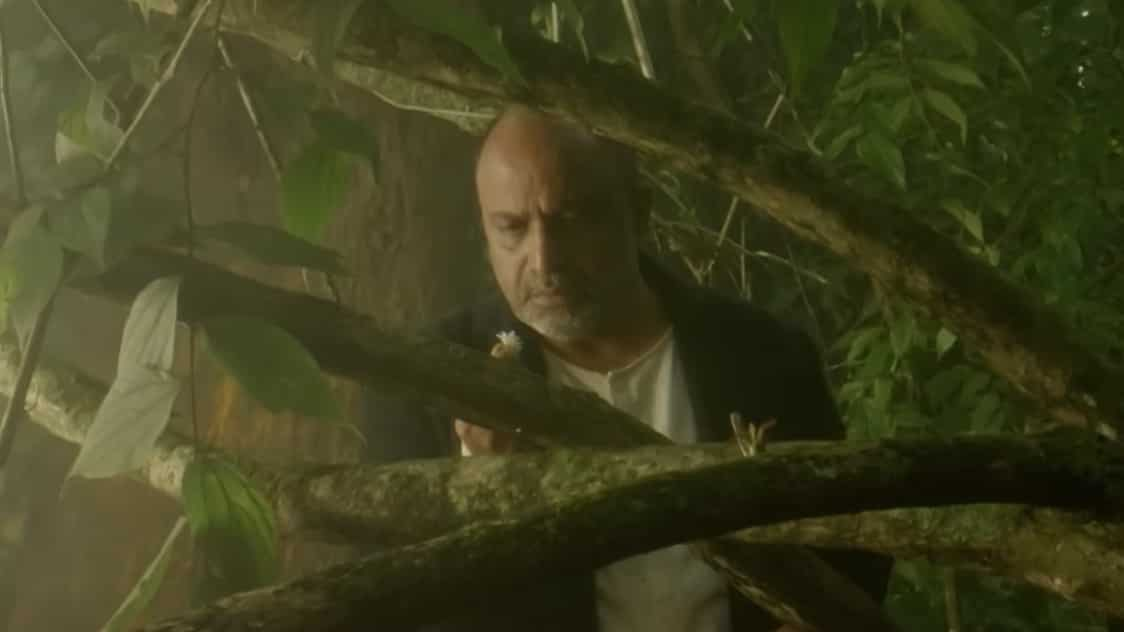
You had worked as a cinematographer in two movies scripted by MT - Midhya and Perumthacham. But how was it directing one of his stories this time? And what made you choose Abhayam Thedi Veendum as your segment?
Actually, they offered me a lot of stories. I initially picked Odiyan from it, but later Netflix, which was attached to Manorathangal back then, said that it had too much black magic and they mis understood the entire concept. So, I had to change and by the time I came back, all the other stories were already taken.
Then MT chettan and (daughter) Aswathy had picked this for me to do, and I thought it was interesting because it gave me the leverage to explore something new. It’s not a typical MT Vasudevan Nair story because it had surreal possibilities and didn’t follow a linear narrative. It also allowed me to give an interesting take on the story.
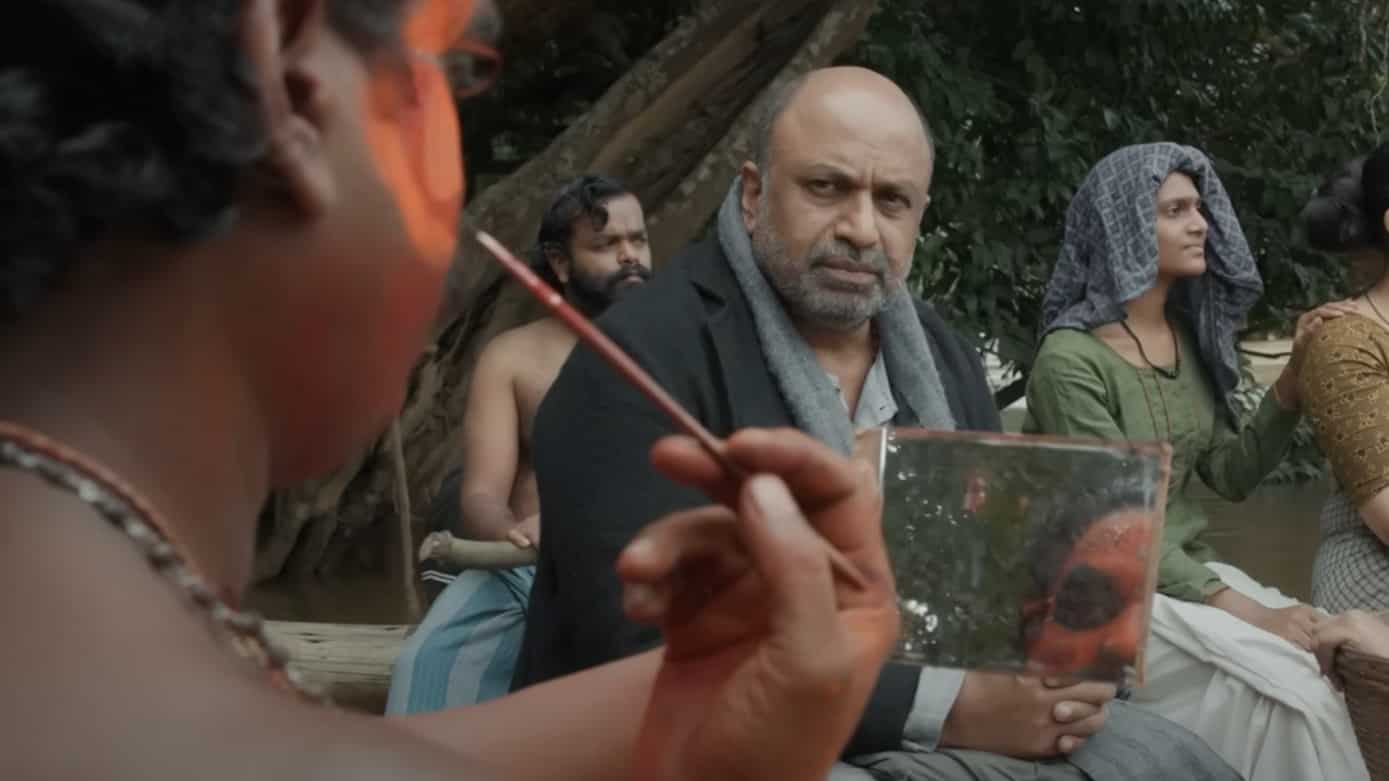
As a short story, it works well but to make it into a film was difficult. That’s what MT chettan was also worried about initially. Later, when he saw the output, he liked it. The story is about a person who comes back to his village and moves to a rented house with his belongings. But every time he is reminded of the fact that he is just a tenant and that the owner can come anytime and evict him. So, he can’t live there forever. The owner is a metaphor for death and the story is about how we can’t keep clinging to our material possessions and memories, because eventually we will have to part with it.
This was one of the first segments to be shot from the anthology and that too during the pandemic?
Yes, we couldn’t have more than 15 people on the sets and so, I had to reduce all my equipment. The entire film was shot with a much smaller, Canon EOS C70 camera. This helped keep the number of people on the sets to minimum. Siddique plays the lead and there’s (Thateem Mutteem fame) Naseer Sankranthi.
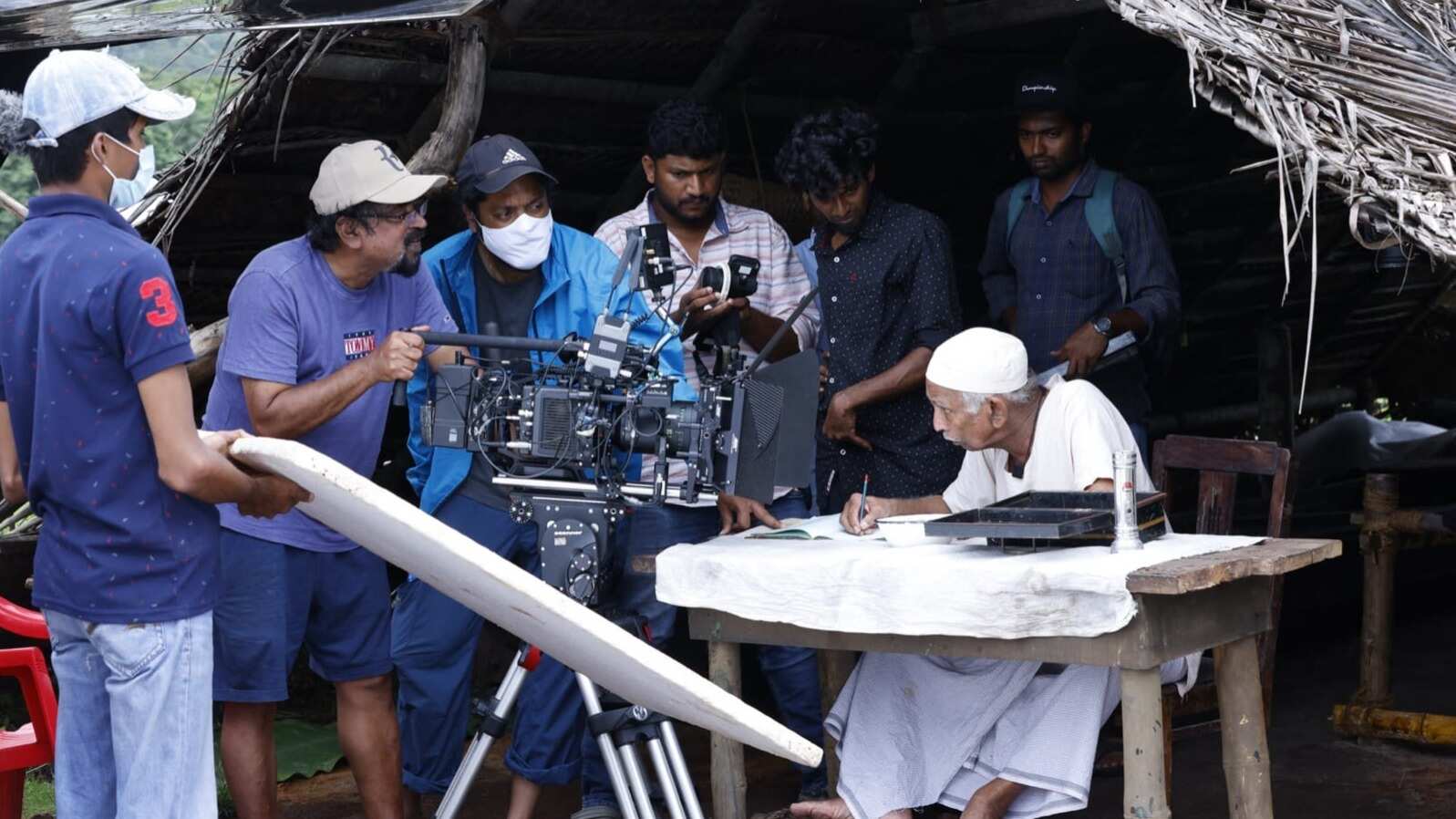
How much scope for visual possibilities did this particular story have, because you had earlier said that you had picked it because it was less verbose as compared to MT’s other works?
This has ample scope, even though there’s some layered storytelling. Also, Siddique is a wonderful actor. He doesn’t fit into the hero archetype and so looks vulnerable, which was required for this character.
Also, I found this story interesting because it didn’t have the usual elements associated with an MT Vasudevan Nair story. Most of his lines are already etched in the minds of the Malayali readers; so there’s nothing new that we can pull off. He’s also a stickler for the lines he has written; it was the same for Abhayam Thedi. The dialogues also point to the time period the story is set.
When I had planned to shoot this, I wanted to have a few folk songs as part of it. During the pandemic, I used to be active on Clubhouse and I happened to listen to Athul Narukara sing. So, I got him to render three songs for the segment. Jakes Bejoy has composed the music and after that they had also collaborated on Pala Palli song in Shaju Kailas’ Kaduva.
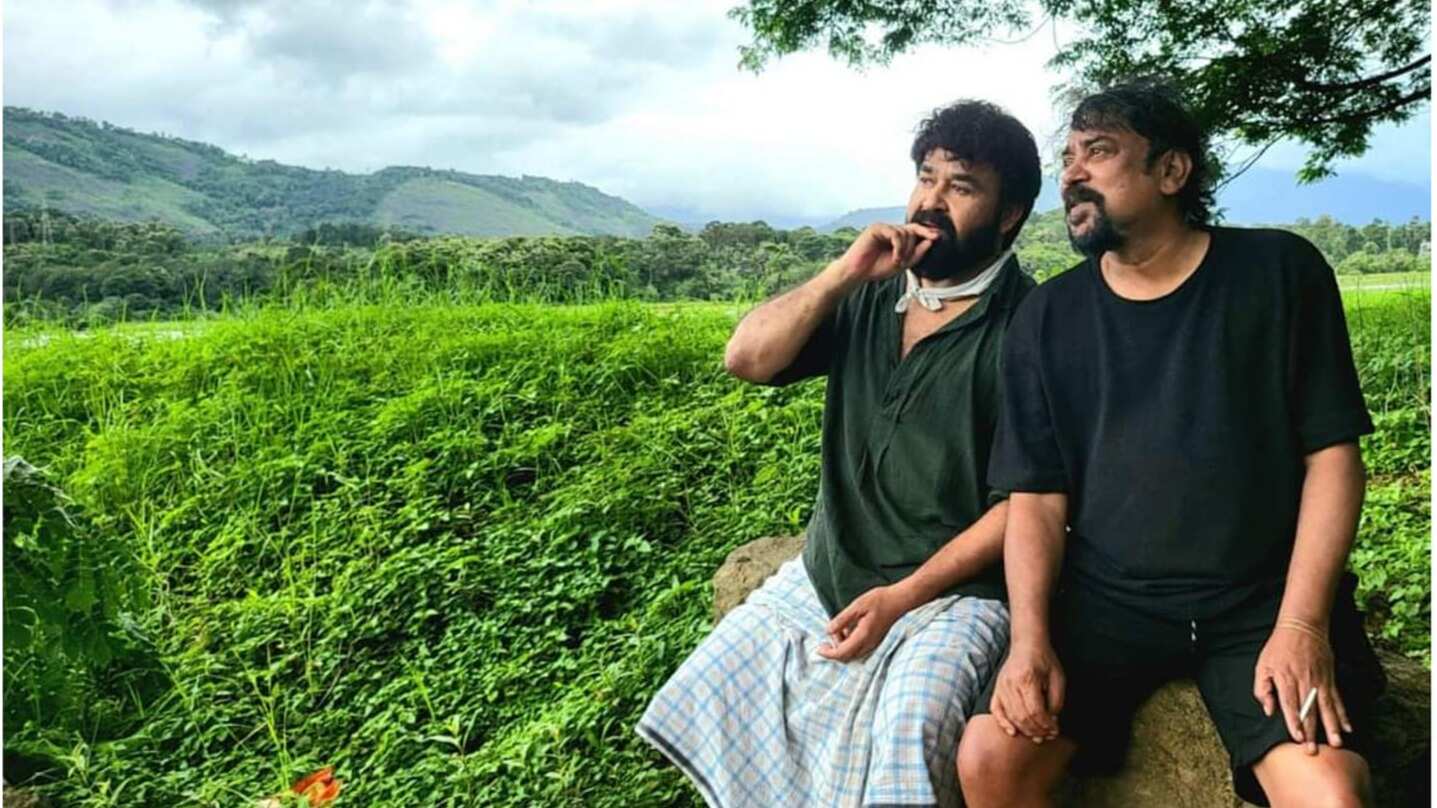
You had also shot another segment in Manorathangal, Priyadarshan’s Olavum Theeravum, which is a black-and-white feature.
We shot it in about five to six days; it was fast. It was also raining when we were shooting; personally, I think it would have looked better in colour. Budget-wise, it’s also the biggest segment and also the longest, if I am right.
Shooting it in black and white also lends it a nostalgic element because there’s nostalgia associated with that subject. Even before the shoot of the film, Mohanlal had a chat with Madhu sir (who starred in the original 1970 film), and he was wondering why we were shooting it in black and white. But it’s made as a tribute. It was also a dream project for Priyan and you can see that in the film too.
Read Also: Khatron Ke Khiladi 14: Release date, time, contestants, host, location, and more
#

